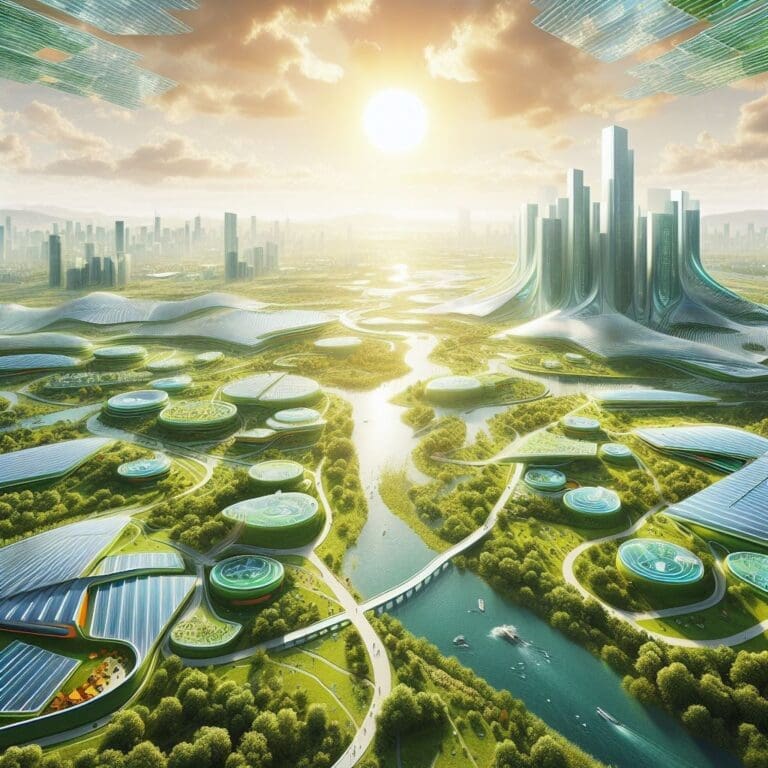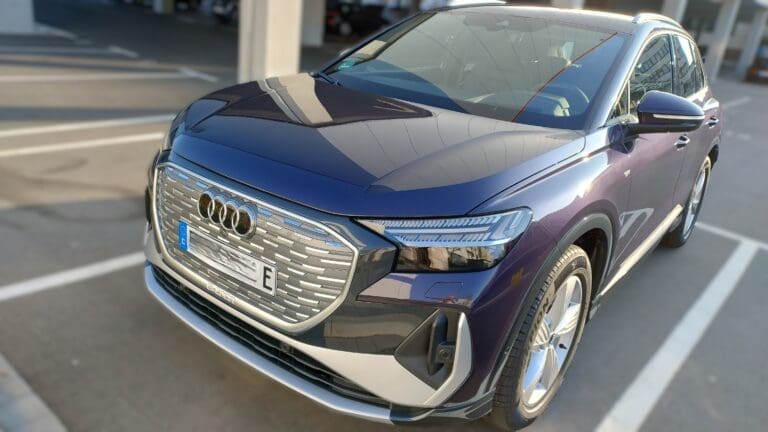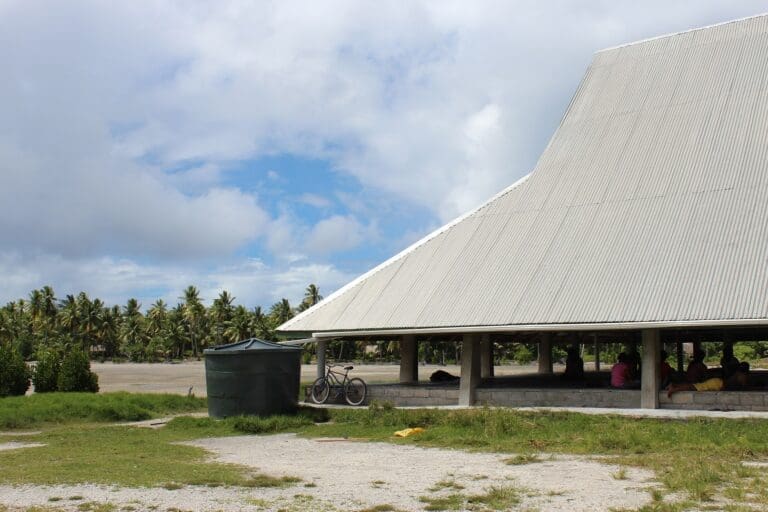Almere, the youngest city in The Netherlands, stands as a beacon of sustainability and modern urban planning. It is located in Flevoland, on land reclaimed from the IJsselmeer (English: Lake IJssel), not far off from Amsterdam. Originally intended for agriculture, this land was repurposed after World War II to address Amsterdam’s housing needs, leading to the planning of towns as well.
Almere has grown from zero residents back then into a thriving city of over 225,000 residents, embodying Solarpunk ideals by harmoniously integrating human innovation with nature. From its unique district planning to renewable energy initiatives and abundant recreational spaces, Almere is a model for green urban living.[1]

A City Born from Innovation
Designed to alleviate housing shortages in nearby Amsterdam, Almere’s development reflects deliberate planning and forward-thinking design. Built on land reclaimed from the IJsselmeer, the city’s very foundation symbolizes humanity’s ability to transform its environment and create new space and land, where nature and people can coexist.
Almere’s urban design is guided by the Almere Principles, a manifesto promoting ecological sustainability, diversity, and community engagement. These principles influence everything from architecture to infrastructure, ensuring that growth remains sustainable and inclusive.[2]

Distinct Quarters: A Patchwork of Purpose
Almere is divided into several distinct districts, each with its unique character and purpose, fostering a diverse and inclusive urban environment:
Almere Stad:
The city center is a hub of modern architecture, cultural venues, and commerce. It features the Kunstlinie Almere Flevoland (KAF), a waterfront theater promoting sustainable urban arts. Parks like Lumière Park integrate greenery into the urban fabric.[3]

Almere Haven:
The city’s oldest quarter retains a charming village-like atmosphere, centered around a bustling harbor. It hosts festivals, offers cozy waterfront dining, and provides access to Almeerderstrand Beach for outdoor recreation.
Almere Buiten:
Known for its proximity to nature, this district features the Oostvaardersplassen Nature Reserve,[4] a wetland teeming with wildlife. It’s ideal for families seeking tranquility and green spaces. This Nature Reserve is 56 square kilometers (22 square miles) big and features a special protection area for birds such as cormorants, egrets, eagles, herons, kingfishers, and other species. To avoid the development of dense woodland that would impact the birds’ habitat, big grazing animals were introduced, namely the Konik Ponies, red deer and Heck cattle. These animals live like wild animals in the Oostvaardersplassen Nature Reserve, without any supplemental feeding.

Almere Poort:
This rapidly growing area combines urban living with beachside relaxation at Almeerderstrand Beach, popular for water sports and festivals. The innovative DUIN Project, with homes built into artificial dunes, exemplifies Solarpunk aesthetics through its emphasis on sustainability, community, and integration with the natural landscape.[5] The artificial dunes are not merely decorative but serve multiple purposes:
- Natural Insulation: The dunes act as natural barriers, insulating homes against temperature extremes and reducing energy consumption.
- Ecological Integration: The design encourages biodiversity by incorporating native plants and natural features, creating habitats for local wildlife.
- Energy Efficiency: Many homes are equipped with renewable energy systems, such as solar panels, reducing the project’s carbon footprint.

Beyond its aesthetics, the DUIN Project promotes a lifestyle centered around community and well-being:
- Pedestrian-Friendly Spaces: The layout prioritizes walking and cycling, reducing reliance on cars and fostering a sense of closeness among residents.
- Green Public Areas: Open spaces, parks, and community gardens are integral to the design, encouraging outdoor activities and neighborly interaction.
- Proximity to Nature: Residents enjoy direct access to nearby forests, beaches, and recreational areas, making nature a key part of daily life.
Almere Hout:
Focused on sustainability, Almere Hout offers eco-friendly homes surrounded by greenery. You can also visit the “Green Cathedral”, which showcases the Cathedral of Reims by tall poplars, serving as pillars and walls.

Oosterwold:
A groundbreaking district prioritizing self-sufficient living. Residents design their homes, grow their own food, and utilize renewable energy, embodying the Solarpunk ethos of autonomy and harmony with nature.[6]
Sustainability at its Core
Almere actively incorporates renewable energy technologies into its infrastructure. Solar panels and energy-efficient designs are prevalent, reducing carbon emissions and promoting energy independence. The city also supports eco-friendly transportation, with extensive cycling paths and an efficient public transit system.

In 2022, Almere hosted the Floriade Horticultural Expo, showcasing cutting-edge sustainable practices and reinforcing its reputation as a green city.[7] On the image below, you can see the Tiny Houses exhibition on the Floriade.

Social Housing and Diversity
A key element of Almere’s urban planning is its commitment to inclusivity. The city provides a range of affordable housing options to accommodate different income levels, ensuring a balanced demographic mix. Community-driven development fosters a sense of belonging and encourages collaboration among residents.
Recreation and Greenery
Almere is one of the greenest cities in the Netherlands, with numerous parks, forests, and recreational areas. Cascade Park, Het Cirkelbos, and other green spaces enhance air quality and provide havens for relaxation and outdoor activities.

The city’s beaches and harbors, such as Almeerderstrand and those in Almere Haven, offer abundant opportunities for water sports, fishing, and leisure. These spaces are vital for maintaining a high quality of life and connecting residents to nature.
A Vision for the Future
Almere’s integration of green living, renewable energy, and equitable community development embodies the Solarpunk vision. With its innovative architecture, sustainable infrastructure, and commitment to biodiversity, Almere serves as a model for future urban centers. Its distinct districts, lush green spaces, and dynamic recreational opportunities make it not just a city of the present but a blueprint for a sustainable future.
Almere’s story is one of transformation—of land reclaimed from the the water becoming a thriving, inclusive, and sustainable city that exemplifies humanity’s potential to build a harmonious future with nature: A Solarpunk future already come true in the case of Almere!
Sources:
[1] https://en.wikipedia.org/wiki/Almere
[2] https://mcdonoughpartners.com/projects/the-almere-principles/
[3] https://kunstlinie.nl/
[4] https://en.wikipedia.org/wiki/Oostvaardersplassen
[5] https://duin.nl/kopen/wat-is-er-al-gebouwd/
[6] https://arquitecturaviva.com/works/plan-urbano-almere-oosterwold-2
[7] https://en.wikipedia.org/wiki/Floriade_2022








